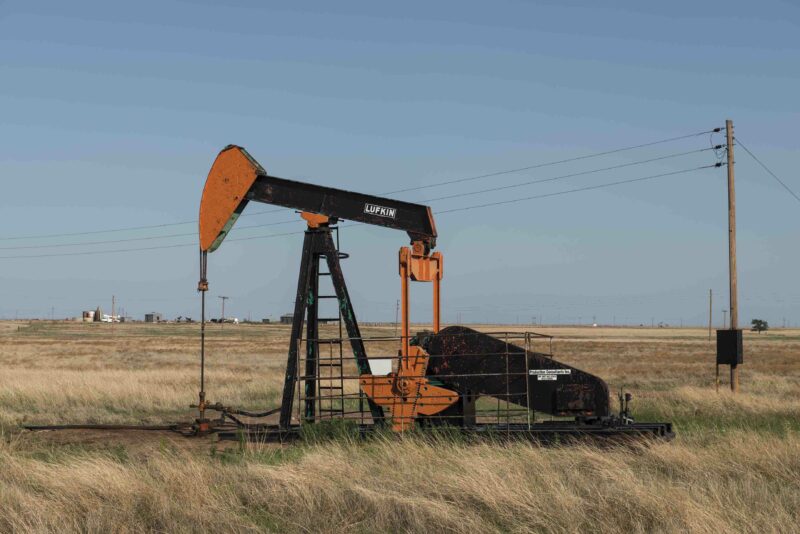Leave the spill and spread of Austin, now the tenth-biggest city in the country, and enter the vast space of rural Texas, fabled for its guns and space rockets. Take State Highway 123 south until it narrows into a thin two-lane road with a sporadic seventy-five-mile-per-hour speed limit and strings of teetering 18-wheelers. Pass the Bender Exotic Game Ranch (now defunct, but where I once spotted a zebra trying to get around the barbed wire). By then you’ll be coasting over the Eagle Ford Shale, a sedimentary rock formation first drilled in 2008 and that has since yielded 3.6 billion barrels of oil. Eagle Ford Shale is approximately fifty miles wide and four hundred miles long, a stretch of fracking and gas extraction infrastructure that you could drive through all day: oil pads, power plants, pumping stations, pipelines, wastewater disposal wells, processing plants, refineries, compression stations—all the ordnance of a war being waged against the earth, air, water, and life.
Life: There are four maximum-security state prisons tucked into this production/destruction zone. Of the hundred state penitentiaries in Texas, 70 percent are partly or fully un-air-conditioned in the housing areas, including these four prisons. If you look at the map of the Eagle Ford Shale on the Texas.gov Railroad Commission website and find the spot in southeast Texas where the dots—each representing a drilling well—are so dense you can’t even read the name of the county underneath, you’ve found the location of the prison where I’ve directed a small creative-writing program since 2015. My students and their cellmates wait out their long sentences amid a mess of fossil-fuel pipelines and drilling wells, literally trapped in giant hot boxes of concrete, steel, and razor wire in climate change–era Texas heat, where, without air-conditioning, they could quite possibly bake to death.
You have reached your article limit
Sign up for a digital subscription and continue reading all new issues, plus our entire archives, for just $1.50/month.
Already a subscriber? Sign in





